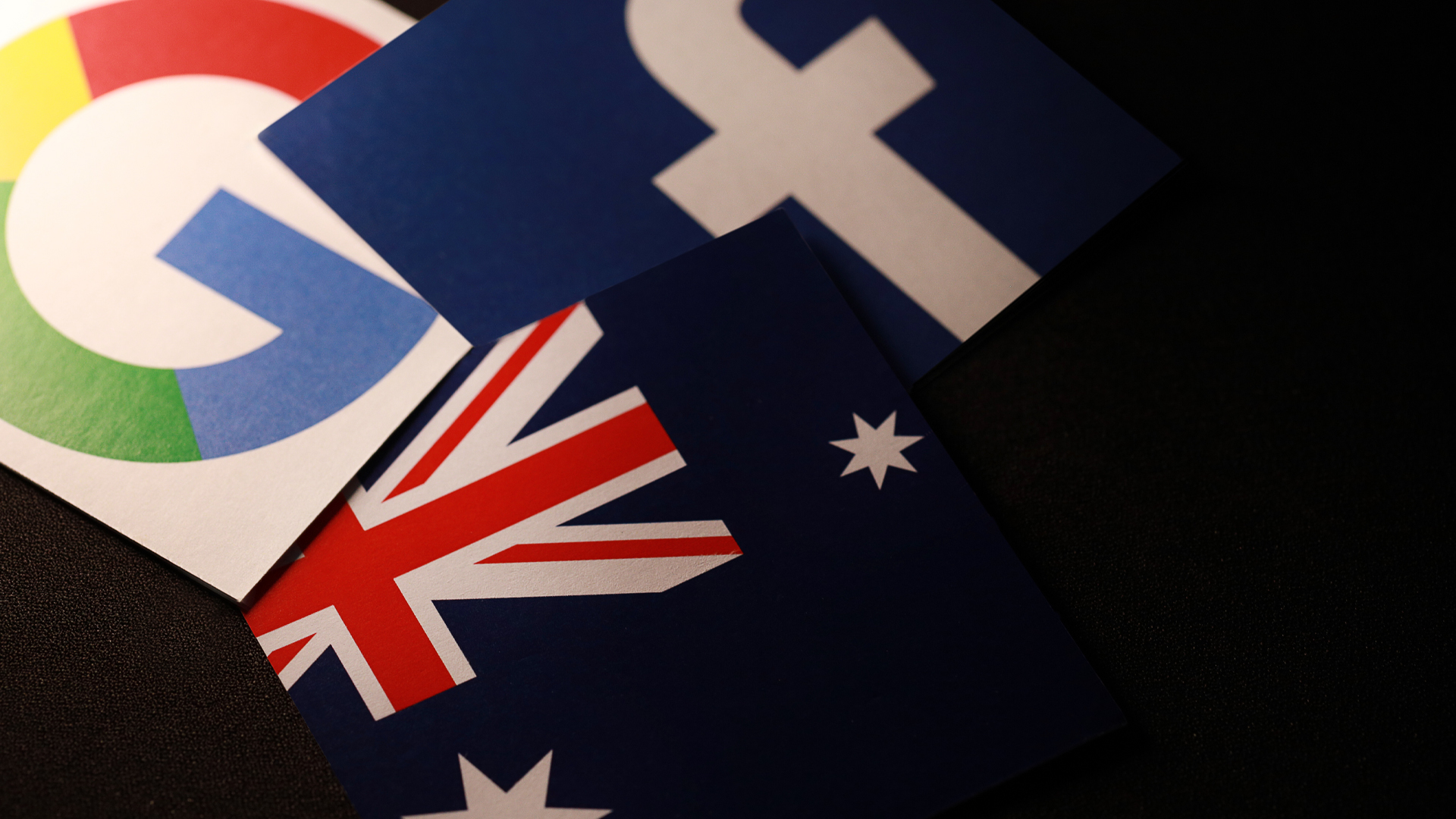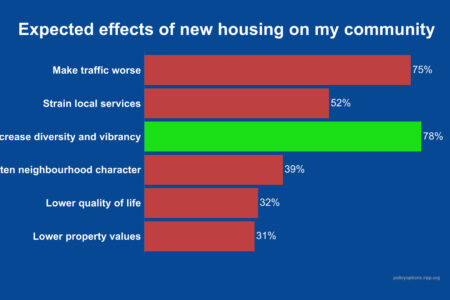
The recent sale to Postmedia of New Brunswick’s Irving family newspapers underlines just how vulnerable local and regional news outlets are to the duopoly of Google and Meta (Facebook). Publisher Jamie Irving complained to the House of Commons finance committee that the newspaper industry is facing an existential threat because these online platforms now take 90 per cent of digital ad revenues in Canada. “They spread a few crumbs around, but they don’t employ a single journalist in Canada.”
Four days after his appearance at the finance committee hearing, Irving, also chair of News Media Canada exited the newspaper business after 86 years as a family staple.
What Irving was seeking was for government to import into Canada a year-old renumeration policy from Australia, which has led to transfers from the two digital giants to the news organizations that do employ journalists. After a series of major policy interventions in 2018 and 2019, the federal government has appeared ready to oblige.
Both the governing Liberals and Opposition Conservatives promised in last year’s election campaign to adopt the Australian policy that essentially dictates a “negotiated” transfer of funds from Facebook and Google to producers of original news. It would constitute another relief well for a depleted news industry following on the five-year $50-million Local Journalism Initiative contained in the 2018 budget and a five-year $595-million package, anchored by a labour tax credit for journalists, introduced a year later.
Canadian news publishers have promoted Australia’s approach to the government. Heritage Minister Pablo Rodriguez has been clear he intends to deliver. Last week, he reiterated his readiness to improve on the Australian model, which can certainly use some refinement.
News moved online, and media oversight in Canada must catch up
Local news decimated during one of its most important moments
On the fifth anniversary of the Public Policy Forum’s The Shattered Mirror, we offer up some suggestions as to how Canada can gain advantage on the soon to be introduced news renumeration bill.
Although they are often treated as culpable of having stolen the legitimate revenues of the newspaper industry, Facebook and Google can’t be faulted for being attractive to advertisers. But in pocketing $8 billion from Canada’s digital ad market – more than five times the revenue of every daily and community newspaper in Canada combined – they have contributed to the weakening ability for them to hold the powerful to account. News organizations are also increasingly finding it difficult to keep communities informed about matters of public interest, part of their democratic function.
The Australian model is not, as often portrayed, simply a private arrangement in which platforms negotiate compensation with news producers for content. If it was, it would not require government to get the parties to the table. Rather, it is a legislated formula meant to serve a public good – the sustainability of reporter-based journalism.
It attempts to level the playing field between global platforms and national or local publishers. It allows news organizations to band together as a collective imposing first mediation and then binding arbitration if the parties cannot reach agreement.
Less discussed, it requires platforms to share relevant data and provide notice of planned algorithm changes that could disadvantage news organizations.
Although the Australian News Media and Digital Platforms Mandatory Bargaining Code, as it is formally known, became law one year ago, it has only been partially implemented after Facebook withdrew services and won some concessions.
The treasurer (equivalent to Canada’s finance minister) has not exercised his discretion to designate which platforms are to be covered by the code. Everything is now voluntary (if the presence of a loaded gun on the table can be considered voluntary). Rodriguez has indicated he will keep designation out of political hands altogether, depending on “objective” criteria interpreted by a third party.
The good news from Australia is that these agreements have pumped additional money into newsrooms, enabling them to beef up their staffing. The bad news is that it has occurred in a secretive and discriminatory manner.
The platforms have used this state of suspended animation to negotiate a series of opaque one-on-one deals. Generally, these are understood to yield recipients 30 per cent of their editorial costs (20 per cent from Facebook and 10 per cent from Google). But nobody knows for sure how much individual publishers or broadcasters are receiving or under what, if any, conditions.
The platforms have insisted the terms of contracts be kept confidential. Several media outlets have complained they have been offered lesser deals or that they have been left in the cold altogether.
Although imported from abroad, the Australian model builds on solid Canadian precedent. Canada has a long tradition of rebalancing revenues between distributors and producers through a five per cent cable and satellite levy. It is then redistributed in support of film and television programming. Extending this concept of a financial transfer from sellers of digital advertising to journalistic organizations is one of the main recommendations from The Shattered Mirror.
When it comes to Canada, Facebook and Google have sought to ward off the arrival of the Australian model by cutting deals with select media outlets. Scrutiny of these arrangements has been suppressed by non-disclosure agreements.
Canada then is in the insidious situation of global tech giants with sweeping public policy interests extending over such matters as taxation, data and content moderation showering media operators of their choosing with unknown sums of money under unknown terms and perhaps leaving less favoured media out altogether.
This combination of discretion over who gets money and the secrecy around how much runs contrary to the spirit of journalism. Some news companies say they simply desperate for the money and took what they could when they could. If so, they will soon have an opportunity to shine their light on their own deals.
The Australian model offers a reasonable approach to addressing the shrinking revenues of news organizations and the important role they play in our democracy. But like most new policies, there have been unintended consequences, ones Canada has a golden opportunity to fix. We recommend:
1. Unlike in Australia or currently in Canada, all arrangements must be transparent. No more non-disclosure agreements. The public has a right to know who is providing publicly mandated financing for Canadian journalism and under what terms.
2. A news media collective should serve as the single negotiating partner of the platforms. Bilateral arrangements invite favouritism and therefore weaken media independence.
3. The decision of who is inside the collective should be based on the so-called Qualified Canadian Journalism Organizations (QCJO) created as part of the 2019 policy package. Although controversial in some quarters, the arm’s length advisory committee of journalists that make the determination of eligibility has landed on a generally accepted set of journalistic standards. These include engaging in first-hand reporting of original news; covering matters of general interest and current events, including coverage of democratic institutions and processes; abiding by common journalistic processes and principles, such as verifying information before publication, providing rebuttal opportunities for those being criticized; fairly representing sources; and correcting errors. News organizations with QJCO status should automatically qualify for collective bargaining with platform companies. Platforms, governments and news associations should not be allowed to decide who is in or out.
4. All members of the collective must be treated equally. If it’s 30 per cent for one organization, it should be 30 per cent for all eligible organizations. The current situation in which the platforms can determine winners and losers, thereby conferring competitive advantages and disadvantages as they see fit, invites unacceptable influence.
5. Current QJCO criteria should be regularly re-visited to ensure they are truly platform and business model neutral and reflect new ways in which journalism is delivered in a digital age.
6. Funds transferred under the Australian model must be directed toward journalism and not be pocketed by owners or lenders. The formula for allocations under the coming news renumeration program must be tied to a relevant and objective measure of journalistic production, whether the number of journalists employed or the cost of those journalists.
Rodriguez has indicated that broadcasters will be inside the remuneration tent, which is consistent with Australia but a departure from recent Canadian policy-making.
Unlike print and digital, broadcasters are licensed entities and their regulator, the Canadian Radio-television and Telecommunications Commission (CRTC), has typically looked out for their financial viability. This includes the creation in 2016 of a special Independent Local News Fund financed out of the cable levy.
As the pillars erode between different forms of storytelling – with broadcasters posting text stories on their sites and newspapers posting videos on theirs – the distinctions of past will be rendered less and less meaningful. The more sensitive question is whether the CBC, which already receives more than $1.2 billion in public funds and has total revenue in excess of all daily and community newspapers combined, will also qualify under the Australian model.
Finally, should the Australia model be successfully imported into Canada, providing publishers with significant new sources of financing, fresh thought should be given to other funding programs. It provides an opportunity to more tightly focus the Local Journalism Initiative on smaller, innovative operators, either situated in news deserts, where coverage of democratic institutions and everyday life is sparse, or for news organizations experimenting with novel methods of news gathering and delivery for other under-served audiences.
PPF will have more to say in an upcoming report on the opportunity the Australia model presents for augmenting the Local Journalism Initiative.












